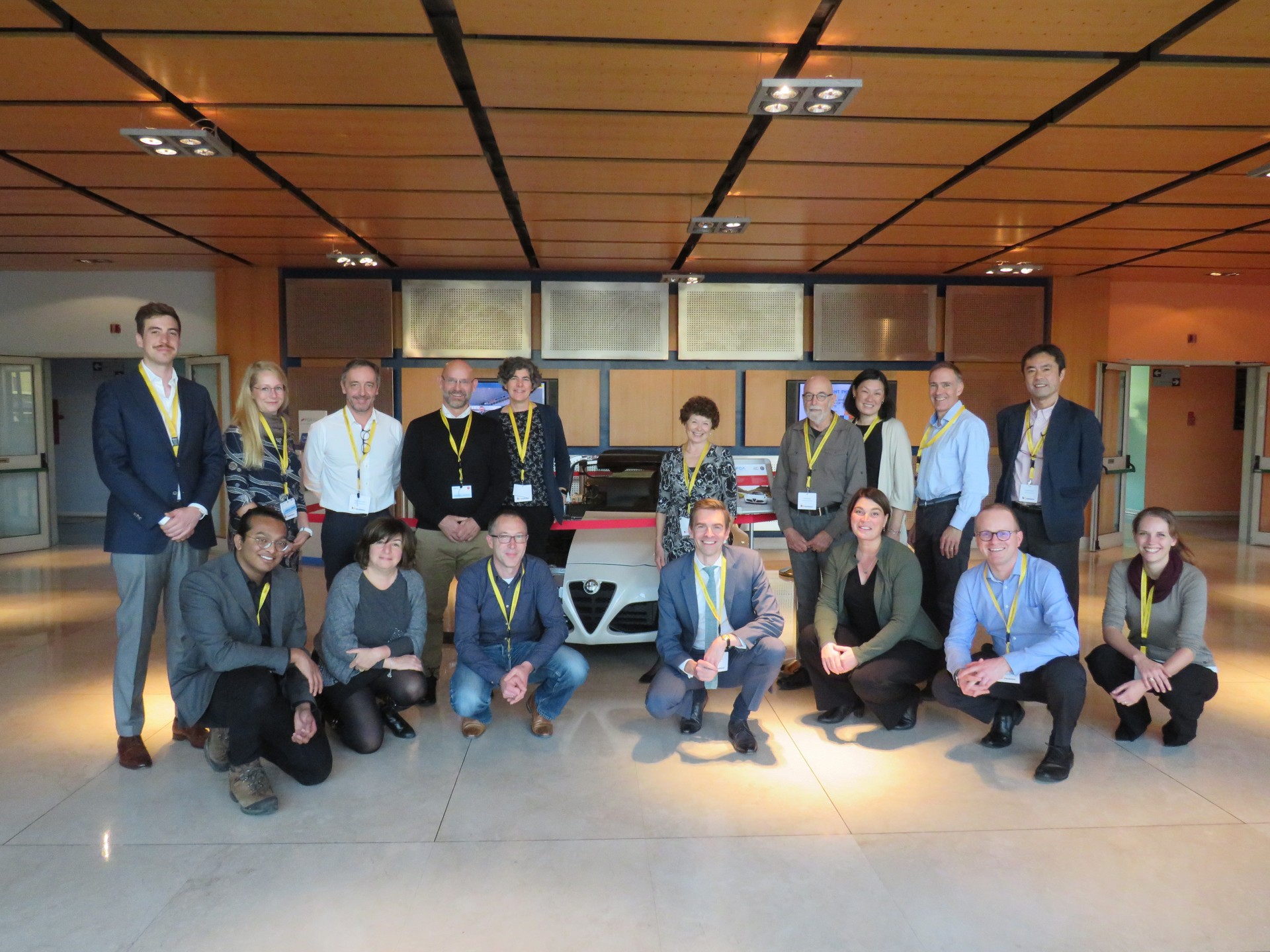The 1st Mediator Advisory Board meeting took place on 26th November 2019 at FCA Pomigliano Technical Center in Naples (Italy).
Ten international experts from around the world joined this meeting; four industrial experts and six scientific experts. On behalf of the Industrial Advisory Board Sebastian Hergeth from BMW (Germany), Franziska Schmalfuss from IAV Automotive Engineering (Germania), Christian Svensson from Veoneer (Sweden) and Jean-Marc Tissot from Valeo (France) were present. The Scientific Advisory Board was attented by Linda Boyle from the University of Washington (US), Carol Flannagan from the University of Michigan (US), Satoshi Kitazaki from the National Institute of Advanced Industrial Science and Technology (Japan), John Lee from the University of Wisconsin (US), David Shinar from Ben-Gurion University (Israel), Ann Williamson from the University of Sidney (Australia).
Project coordinator Nicole van Nes presented the main ambitions, activities and challenges of the MEDIATOR project. WP1 and WP2 leaders, respectively Michiel Christoph and Bram Bakker, introduced the ongoing activities related to WP1 and WP2. All work package leaders attended the meeting. Fruitful discussions on the general scope of the project took place, the first steps made into the project were presented together with the main risks and the most important outcomes. At the end of the meeting the attendees visited FCA Hardware in the Loop laboratory; this laboratory was selected for its affinities with the MEDIATOR activities and possible synergies.
We thank all Advisory Board members for their contribution to a very successful meeting!
Ann Williamson:
“The advent of automated and driver assistive technologies in vehicles has been all about what these technologies can do. MEDIATOR is taking a novel and very welcome approach of incorporating the strengths of the human driver with the best aspects of technology to produce the safest and most efficient driving.”
Satoshi Kitazaki
“MEDIATOR will be a game changer for designing safer and more comfortable driver-system interactions.”



